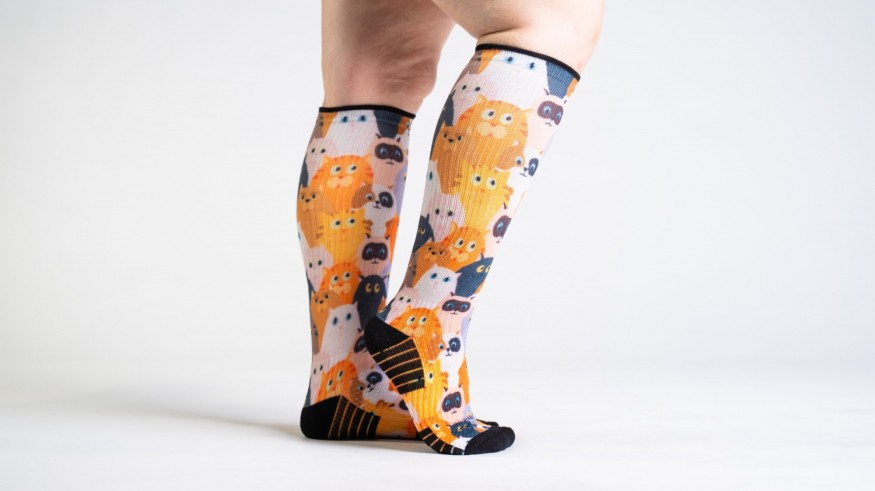The Comprehensive Benefits of Light Compression Socks (12–15mmHg)

Compression socks, particularly those offering light compression of 12–15mmHg, are an increasingly popular solution for various health concerns. These socks are not just a medical accessory but a lifestyle choice for many, addressing issues from circulatory problems to general discomfort in the legs.
Understanding Light Compression Socks
Light compression socks exert a gentle pressure of 12–15mmHg on the legs. Unlike traditional socks, they are designed to provide a consistent squeeze, which is strongest at the ankle and gradually lessens up the leg. This 'graduated compression' is vital for promoting blood flow back towards the heart, especially important for those who spend long periods standing or sitting.
Circulatory Benefits
For individuals with circulatory issues, light compression socks are a game-changer. They help by enhancing venous return—the process of blood returning to the heart—which can be compromised in conditions like chronic venous insufficiency. This condition, where veins struggle to send blood back to the heart, leads to symptoms like swelling, pain, and varicose veins. By providing graduated compression, these socks reduce the diameter of major veins by increasing blood flow volume and velocity, thus helping prevent blood pooling.
Diabetes and Neuropathy
Diabetes can cause various complications, including damage to blood vessels and nerves in the legs and feet (diabetic neuropathy). This damage can lead to swelling, increased risk of infection, and reduced ability to notice injuries or irritations. Light compression socks are beneficial in this context as they help manage swelling and improve circulation. Additionally, many of these socks come with moisture-wicking and antimicrobial properties, which are critical for preventing infections—a major concern for diabetic individuals.
Easing Tired, Achy Legs
Those experiencing tired, achy legs, often due to prolonged standing or sitting, can find relief with light compression socks. The gentle pressure helps stimulate blood flow, reducing the sensation of heaviness and fatigue in the legs. This is especially useful for professionals like nurses, retail workers, or anyone who spends significant time on their feet.
Managing Swelling and Pain
Swelling in the legs and feet can be uncomfortable and a sign of underlying health issues. Compression socks help mitigate this swelling by improving lymphatic drainage and reducing the excess fluid accumulation in the legs. These socks are a non-invasive method to manage symptoms for individuals with conditions like lymphedema or post-surgical swelling.
Moisture-wicking and Antimicrobial Features
Beyond compression, these socks are often equipped with moisture-wicking and antimicrobial properties. Moisture-wicking material keeps the feet dry, reducing the risk of fungal infections, which is particularly important for those with diabetes. The antimicrobial feature helps in reducing the risk of bacterial infections, ensuring better overall foot and leg hygiene.
Conclusion
Light compression socks with a range of 12–15mmHg, such as those offered by Viasox, are an effective, non-invasive solution for various health issues related to the legs and feet. Viasox provides premium compression socks with graduated compression, moisture-wicking, and antimicrobial benefits. These features make them suitable for people with circulatory problems, diabetes, neuropathy, or those experiencing tired, achy, swollen, or painful legs. Try this diabetic socks.
Subscribe to Latin Post!
Sign up for our free newsletter for the Latest coverage!

















